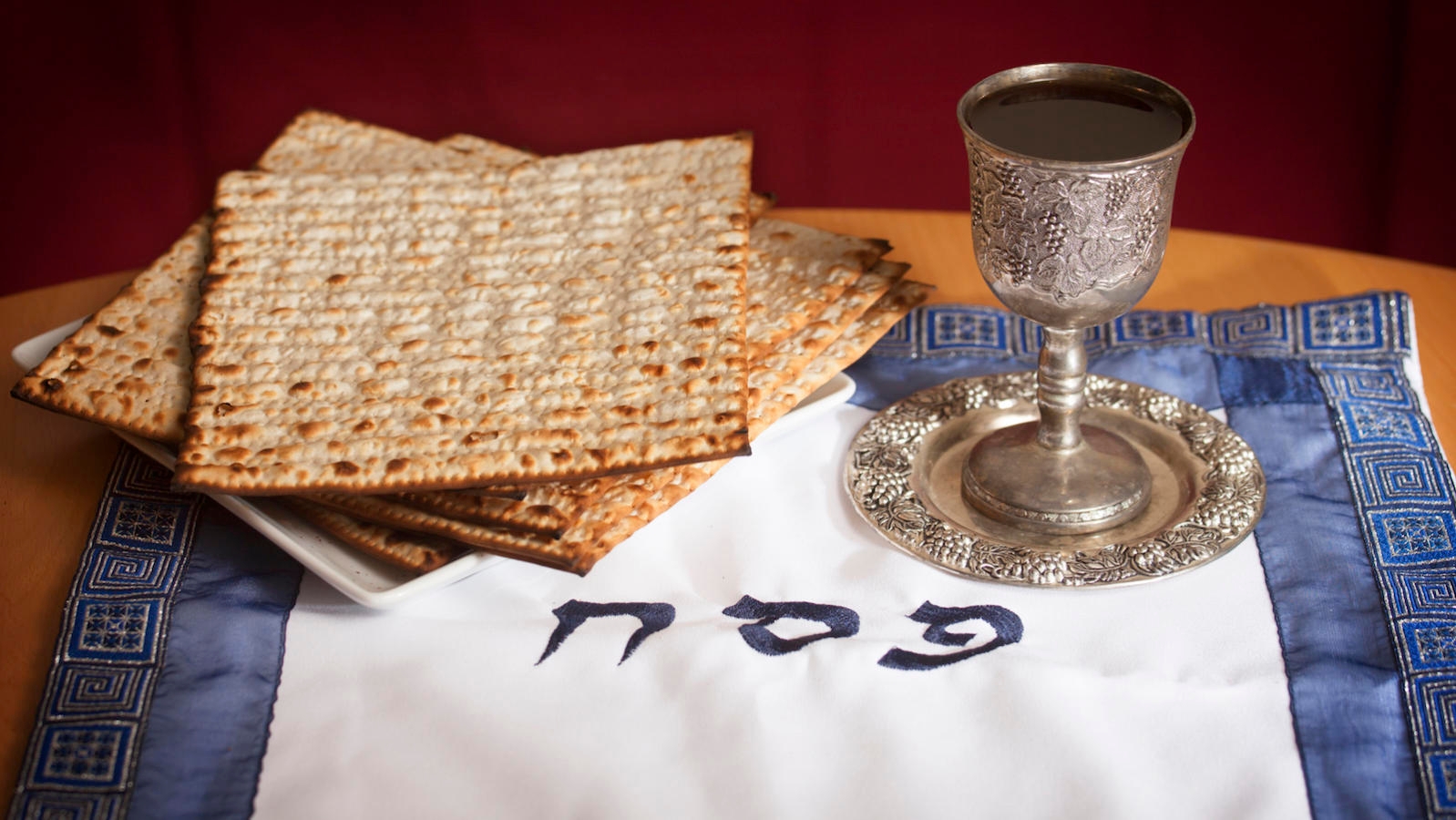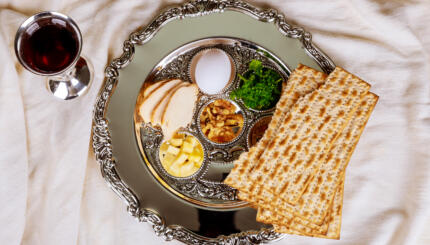Trying to decide whether two have one or two? The short answer is: It depends where you live.
The traditional practice is to observe one seder if you live permanently in Israel, even if you’re not in Israel over the holiday. If you live anywhere else, you should observe two. Reform Jews and some other liberal Jews typically observe only one seder regardless of where they are for Passover.
According to the Bible, Passover is a seven-day holiday. The first and last days are “sacred occasions” on which work is biblically prohibited. The seder is held on the first sacred occasion. But many Diaspora Jews celebrate the first two days as a sacred occasion and hold two seders.
The reason for this is because in ancient times the rabbis certified the start of each Jewish month on the basis of two witnesses reporting they had seen the new moon. Once their testimonies had been established, messengers were dispatched to inform Jewish communities when the new month had begun. Jewish communities outside Israel often didn’t receive the news immediately, which in turn generated confusion about exactly when the holidays fell out on the calendar. As a result, the custom arose of celebrating two days just in case, a practice known as yom tov sheni shel galuyot — a “second Diaspora festival day.”

Help us keep Jewish knowledge accessible to millions of people around the world.
Your donation to My Jewish Learning fuels endless journeys of Jewish discovery. With your help, My Jewish Learning can continue to provide nonstop opportunities for learning, connection and growth.
Such concerns are no longer applicable today, but the practice nevertheless persists. On Passover, Jews in Israel hold a seder only on the first night of Passover, while outside Israel the traditional practice is to observe the first two days as sacred occasions — hence, two seders.
The Reform movement eliminated this practice for its congregations in the United States, which today observe only one day of Passover and other festivals and therefore often only have one seder. But among Orthodox and most Conservative Jews, the practice of two seders is the standard.
There is some question about how many seders should be held by Israeli tourists observing the holiday abroad, or by non-Israeli Jews who are visiting the Jewish state for the holiday. Common practice is for tourists to observe the practice of the place where they permanently reside, so an Israeli in New York for Passover would observe only one seder while an American in Jerusalem would observe two. Traditionally, only immigrants adopt the customs of their new homes.
Regardless of how many seders you have, the rituals are largely the same. Click here for more information about the Passover seder.



